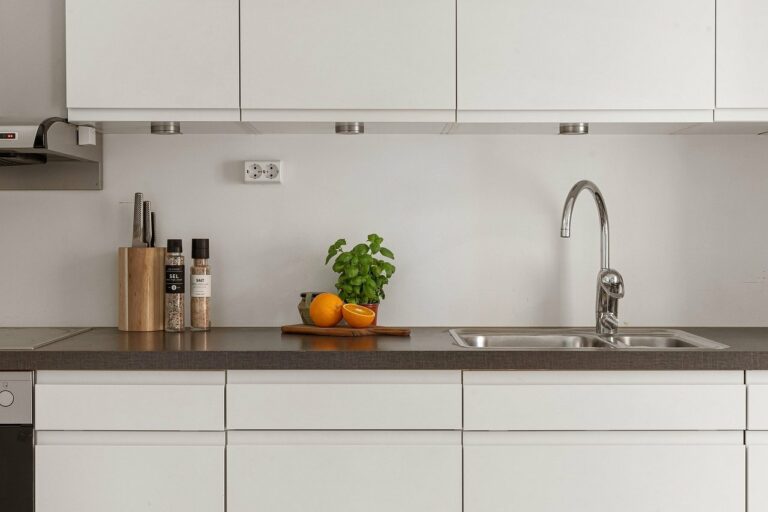Designing Productive Home Office Spaces for Remote Work
In designing a functional workspace, consider the layout and organization of your desk and surrounding areas. Keep essential items within easy reach to minimize distractions and increase efficiency. Utilize drawer organizers, desk trays, and shelving units to maintain a clutter-free environment, promoting focus and productivity.
Ergonomics play a crucial role in creating a comfortable workspace. Invest in a quality office chair that supports proper posture and reduces the risk of strain and injury. Position your computer screen at eye level to prevent neck strain and adjust your chair height so that your feet rest flat on the floor for optimal comfort during long hours of work.
Choosing the Right Furniture
When selecting furniture for your workspace, consider both style and functionality. Opt for pieces that not only enhance the aesthetic appeal of the room but also provide comfort and support for long hours of work. Ergonomic chairs with proper lumbar support can help prevent fatigue and back pain, while spacious desks with ample storage can keep your workspace organized and clutter-free.
In addition to comfort and functionality, choose furniture that fits the scale of your workspace. Oversized pieces can make a small room feel cramped and hinder your ability to move freely, while undersized furniture may look out of place in a larger space. Measure your workspace carefully and select furniture that complements the size and layout of the room to create a harmonious and efficient work environment.
Optimizing Natural Lighting
When setting up your workspace, consider the impact of natural lighting on your productivity and well-being. Position your desk near a window to benefit from natural sunlight during the day. This can help reduce eye strain and boost your mood while working.
If your workspace doesn’t have access to ample natural light, consider incorporating light-colored and reflective surfaces to maximize the light available. Additionally, strategically placing mirrors can also help distribute natural light throughout the room. By optimizing natural lighting in your workspace, you can create a more welcoming and productive environment for your work tasks.
Position your desk near a window to benefit from natural sunlight
Incorporate light-colored and reflective surfaces to maximize available light
Strategically place mirrors to distribute natural light throughout the room
By following these tips, you can optimize natural lighting in your workspace for a more productive and welcoming environment.
How can I create a functional workspace?
To create a functional workspace, make sure to choose furniture that fits the space well, keep it organized, and utilize natural lighting to create a bright and welcoming atmosphere.
What should I consider when choosing the right furniture for my workspace?
When choosing furniture for your workspace, consider the size of the room, the style of the furniture, and how it will enhance the overall functionality of the space.
How can I optimize natural lighting in my workspace?
To optimize natural lighting in your workspace, position your desk near a window, use light-colored curtains or blinds to let in maximum light, and keep windows clean to allow more sunlight to enter the room.







